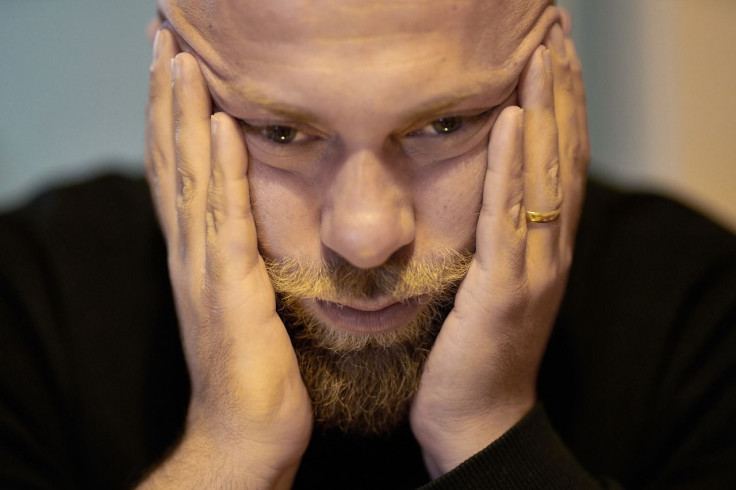Syphilis Cases In Alaska Surge, Health Officials Getting Anxious Amid Pandemic

KEY POINTS
- Syphilis cases in Alaska increased exponentially
- The main driver was the increasing number of heterosexual males and females
- The pandemic strains the response of the local health system
The reported increase of syphilis cases in Alaska proves that coronavirus outbreak is not the only health threat in the state.
Health officials reported cases of syphilis infection more than doubled in only one year, with the current pandemic complicating the effort of medical teams in dealing with the sexually transmitted disease (STD). Syphilis typically starts as a painless raw blister on the genitals or mouth. Its other symptoms include vision or hearing troubles, and rashes on the palms or feet. If left untreated, the STD can attack several organs, such as the heart or brain, and in some cases, can cause death. The disease is also known to infect babies still in the womb of their mother.
The first syphilis outbreak in Alaska was in 2018 where the state's health authorities reported more than 100 cases. In 2019, the state registered a 112% increase of the STD or a record high of 242 syphilis cases.
Reports revealed that the main driver of the surge of fresh cases of the disease was the increasing number of heterosexual males and females. According to Susan Jones, the state's HIV/STD program manager, this was a major shift from that of 2018 when most syphilis cases were men who engaged in sex with other men.
To help curb the spread of the disease, the state implemented several health measures which include education, targeted messaging, treatment, and contact tracing. Jones, in an interview Thursday, said that their efforts, in the beginning, were effective in slowing down the spread but with their attention now focused on the coronavirus pandemic, syphilis cases are on the rise again. Worse of all, it is happening at a time when resources in public health are strained.
The program manager said that most of the new cases were the homeless, the sector which has proven difficult to reach for the needed testing, treatment, and contact tracing. "If you don't have a phone and we can't locate you or find your partners, it makes it much more difficult," Jones explained. She also lamented the fact that fieldwork, which was proven effective before the pandemic, is no longer doable in the ear of COVID-19.
She likewise revealed that many people are hesitant to tell strangers about their sexual history, particularly if done over the phone. This presents a problem for health workers as the best, and perhaps the only way, to prevent diseases from spreading is to locate and treat those who are infected.
The surge in cases among heterosexual couples also increases the risk that a mother could pass on the infection to babies during pregnancy. The report stated that records showed around 40% of pregnancies with untreated syphilis results in miscarriage, stillbirth, or at times, early infant deaths.
The primary method in reducing this danger is for pregnant women to undergo syphilis testing during their initial prenatal examination. "But you have to go in for prenatal care and some of these folks aren't getting prenatal care," Jones said.
The increasing syphilis cases in Alaska is part of a bigger sexual health problem in the state, which also experienced record highs in other STD infection rates like chlamydia for many years, Jones explained. This has been partly attributed to the high sexual activity of the young population of Alaska.
© Copyright IBTimes 2025. All rights reserved.





















